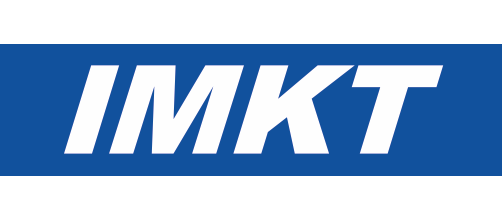Two-dimensional generalized non-Newtonian EHL lubrication: Shear rate-based solution versus shear stress-based solution
- verfasst von
- Haichao Liu, Bin Bin Zhang, Volker Schneider, C. H. Venner, Gerhard Poll
- Abstract
Lubricant behaves non-Newtonian at high shear stress and high shear rate. The non-Newtonian shear behavior of oil such as shear-thinning, viscoelasticity, and limiting shear stress could have influences on almost all characteristics of an elastohydrodynamic lubrication (EHL) contact, that is, the central film thickness, the coefficient of friction, and the temperature rise in the lubricating film. For example, for lubricants of large molecular weight or of polymer blended ones, there can be inlet shear-thinning, which would reduce the EHL film thickness. For the EHL traction in a rolling/sliding EHL contact, it cannot be reasonably predicted without the consideration of non-Newtonian rheology. In EHL numerical studies, the non-Newtonian properties and the constitutive equations are expressed by the concept of generalized viscosity (Formula presented.), which can be either a function of shear rate (Formula presented.) or a function of shear stress (Formula presented.). In this way, a non-Newtonian lubrication problem could be solved as a generalized Newtonian problem based on solvers for a Newtonian EHL problem. According to the function of the generalized viscosity (Formula presented.), numerical solutions can be classified into shear rate-based ones and shear stress-based ones. In this work, these two kinds of numerical solutions are revisited. And their efficiency is compared for a two-dimensional (2D) non-Newtonian point contact EHL problem (here 2D means non-Newtonian flow in both the x and y directions). Results show that the shear rate-based numerical solution has a higher efficiency than the shear stress-based one. The shear rate-based 2D generalized Newtonian method is more suitable to analyze multiple EHL contacts in angular contact ball bearings and gears with complex 2D flow and/or transient EHL lubrication problems.
- Organisationseinheit(en)
-
Institut für Maschinenkonstruktion und Tribologie
- Externe Organisation(en)
-
University of Twente
- Typ
- Artikel
- Journal
- Proceedings of the Institution of Mechanical Engineers, Part J: Journal of Engineering Tribology
- Band
- 235
- Seiten
- 2626-2639
- Anzahl der Seiten
- 14
- ISSN
- 1350-6501
- Publikationsdatum
- 01.12.2021
- Publikationsstatus
- Veröffentlicht
- Peer-reviewed
- Ja
- ASJC Scopus Sachgebiete
- Maschinenbau, Oberflächen und Grenzflächen, Oberflächen, Beschichtungen und Folien
- Elektronische Version(en)
-
https://doi.org/10.1177/13506501211050484 (Zugang:
Geschlossen)


